Tapas Galore on My Last Night in Spain
- AMCL Schatz
- Sep 7, 2023
- 5 min read
I came back from the Toledo trip in time for a seven o’clock anticipated Saturday Mass. The tour bus dropped me off at Gran Via, closest to my hotel street and from there, I walked for less than five minutes to the 17th- century Iglesia de Nuestra Senora del Carmen y San Luis Obispo on Calle del Carmen, a church that used to belong to the old San Damaso Carmelite Convent that has since been disentailed. The church continues to function as a place of worship for modern-day parishioners. I had passed by this church on several occasions and the previous day, I made it a point to check the Mass schedule.
The Mass was in Spanish, and though I could follow it clearly, it was not the same as being able to recite the responses spontaneously in English. I must admit I also got distracted by the church’s interior. There were too many things to see. Laid out in the form of a Latin cross with a single nave and chapels on each side, the interior has extravagant Baroque frescoes, statues, ornaments, and paintings by Spain’s most celebrated Baroque artists. I lit a candle after Mass for my safe travel back to Canada the following day.
Since I had a grab-and-go lunch earlier and since it was my last night in Spain, I wanted to have a wonderful Spanish meal. I decided to go back to the Mercado San Miguel to try more tapas and local delicacies. I thought it would be better to eat in a festive market than to have a sit-down meal all by my lonesome self in a proper restaurant, but I had to order differently this time since I had no one to share my plates with.
I started off with some seafood fare. For two euros, I got a plate of three toasted bread slices called brandades de morue (a specialty of the Roussillon, Languedoc, and Provence regions of Occitania in France, as well as Catalonia and Valencia in Spain) smothered with whipped salt cod spread and topped with some interesting combos – fish roe and fresh olives, cod foie with some creamy sauce, and Norwegian smoked salmon with pickle sauce. I went to the adjoining stall and got two fresh oysters and a scallop baked on the shell with some kind of cream. It came with a tiny spoon, too. I downed all this with a bottle of shandy.
Next, I had a small bowl of gulas con setas. I thought these were noodles at first, but it turned out to be imitation baby eels made from surimi (fish paste), tossed with fresh mushrooms and drizzled with olive oil. Then, I got a small plate of king crab meat with seaweed and caviar and after that, a paper cone filled with deep-fried squid, shrimps, and anchovies. I managed to still eat a tapa-sized serving of paella after all that.
I thought I was done but I saw another stall with strange-looking boiled and grilled shellfish and got intrigued. There were at least three different kinds. I tried whelks (briny and sweet like clams), cockels (salty and semi-sweet), and percebes or goose barnacles (a rare Galician delicacy that is crunchy at first bite then melts in your mouth as you chew), but I only found out the names after I did some research. That time, I was more focused on getting the meat out of their alien-looking shells. The stall owner and a couple of locals showed me how to do it with toothpicks and my fingers, which I learned very easily, and then ate to my heart’s delight, without a care about how I looked as I poked the shells, slurped the juice, and licked my fingers. In between bites, I shared stories with them, as if we were long-time neighbours that who happened to bump into each other at the market.
They were amused at how "natural" I was and pointed out that I was one of the few brave tourist souls that did not get intimidated or scared of the delicacies’ ugly appearance and did not at all became self-conscious as I got down and dirty with eating them with my bare hands . I told them, “I am not here every day, so I might as well try the most exotic stuff I can find and eat them the proper way.” I finished around a dozen pieces, and the owner even gave me a few extras, free-of-charge, for being so adventurous.
Well, it turns out that the percebes, which I got for a bargain price (and some for free), are usually very expensive. Unlike other shellfish, they are not farmed through aquaculture. They are harvested in the wild...and this process can be quite dangerous for fishermen. During low tide, when the barnacles are exposed, they are removed from the hard surfaces of coastal rocks that they cling to with specialized tools. Apparently, the “glue” or substance with which they attach themselves to rocks is so durable and strong that it has been studied for its potential for medical use. Pulling them alone is hard work, so you can imagine how doubly difficult and riskier it is to harvest them when the tides swell and the waves are strong. It is said that on average, five people die during harvesting season in Spain, where barnacles are prolific.
In Galicia, fishermen risk their lives to manually pick these prized delicacies from beneath the water line while navigating sharp and slippery rocks and dodging tempestuous waves. In addition, they have to ensure that the barnacles are as undamaged as possible and have their fleshy stalk intact. The place where they thrive is Costa de la Muerte (or the Coast of Death). As the name suggests, the harvest takes so many lives. No wonder these goose barnacles are considered one of, if not the most expensive seafood in the world. The price they fetch includes the species' rarity, the high demand, and the great risk in acquiring them. In retrospect, the market vendors had been extremely generous to me.
After I thanked the stall owner and my impromptu dining companions, I headed to the other side of the market to get a glass of sangria. It was five euros there, compared to eleven euros at my hotel.
I could hardly walk back to my room with all that food. I walked slowly to aid my digestion and at the same time to savour the lively atmosphere of the city for the last time. It’s funny how I had felt so much at home in Madrid in just a few days. Back at the hotel, I turned on my TV for the first time, not so much to watch (I almost never watch TV when I travel. I could not even remember the last time I watched TV at any hotel), but to just listen to some Spanish music and to hear Spanish conversations while I packed. It was my last night in Spain after all and I was sure my Spanish would turn rusty again when I am back in Canada, Perhaps, if I return to Spain soon enough to see the rest of country, it wouldn't be.
Photo Credits:
theculturetrip.com, viendomadrid.com, introducingmadrid.com













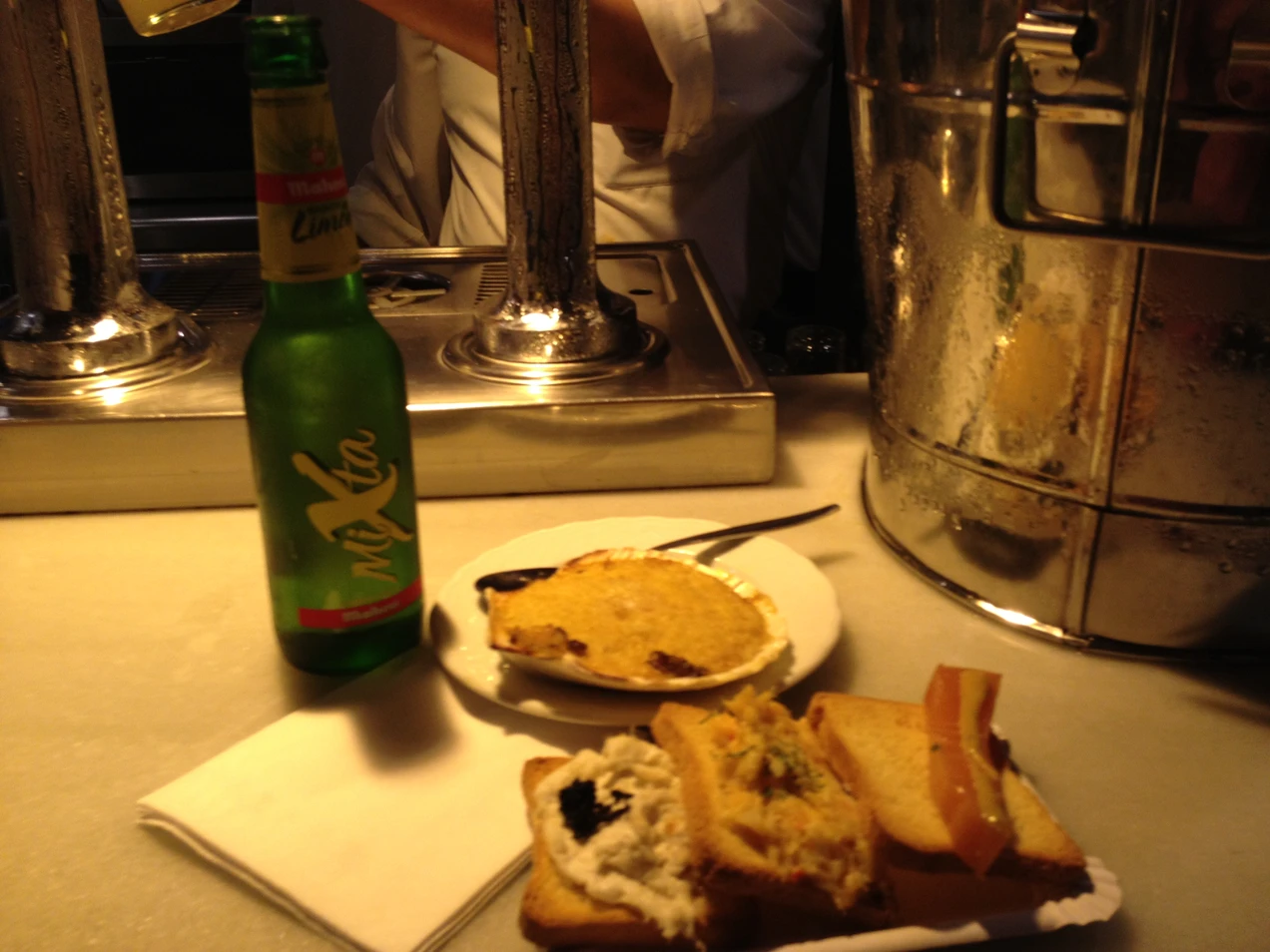
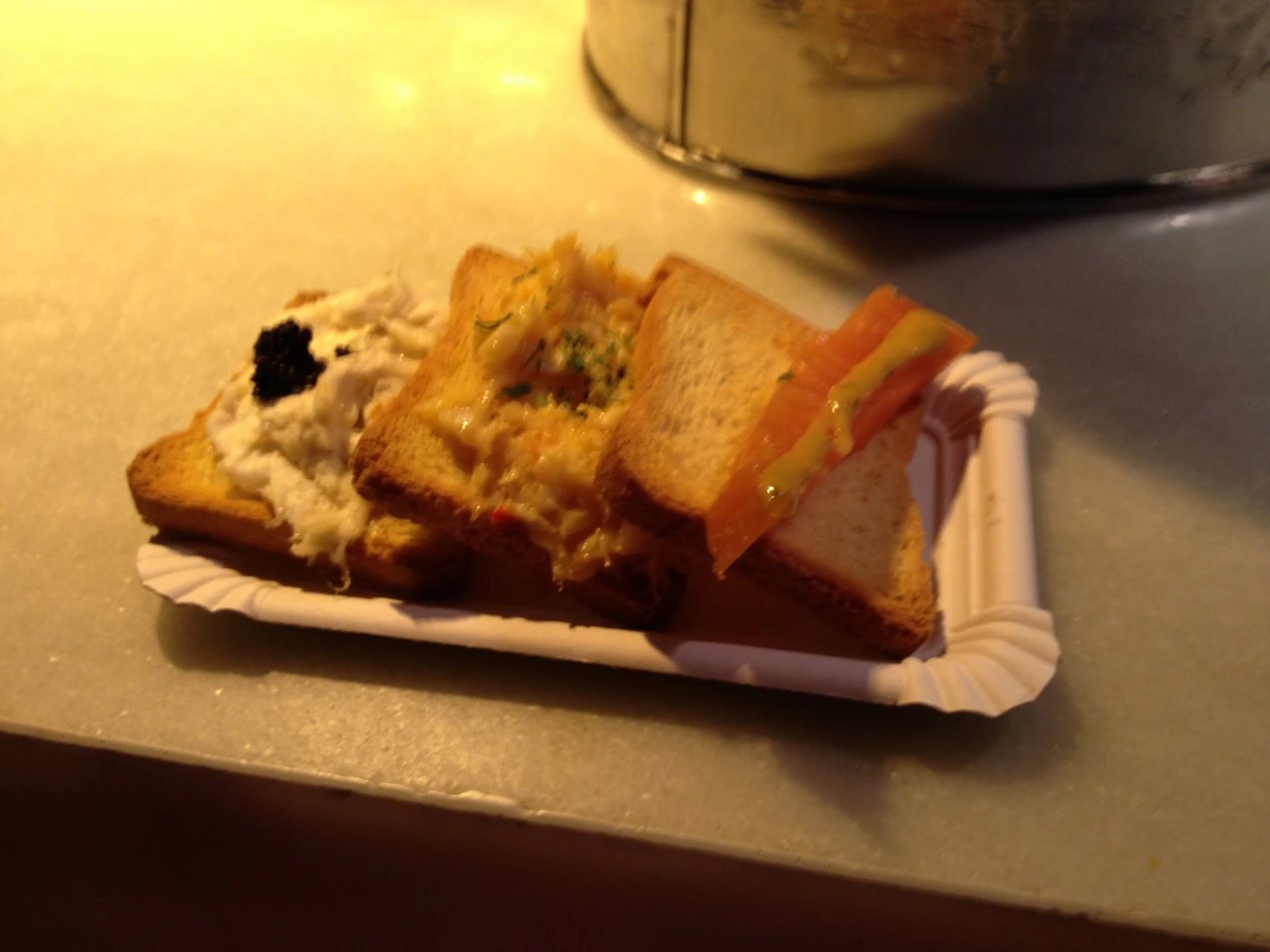




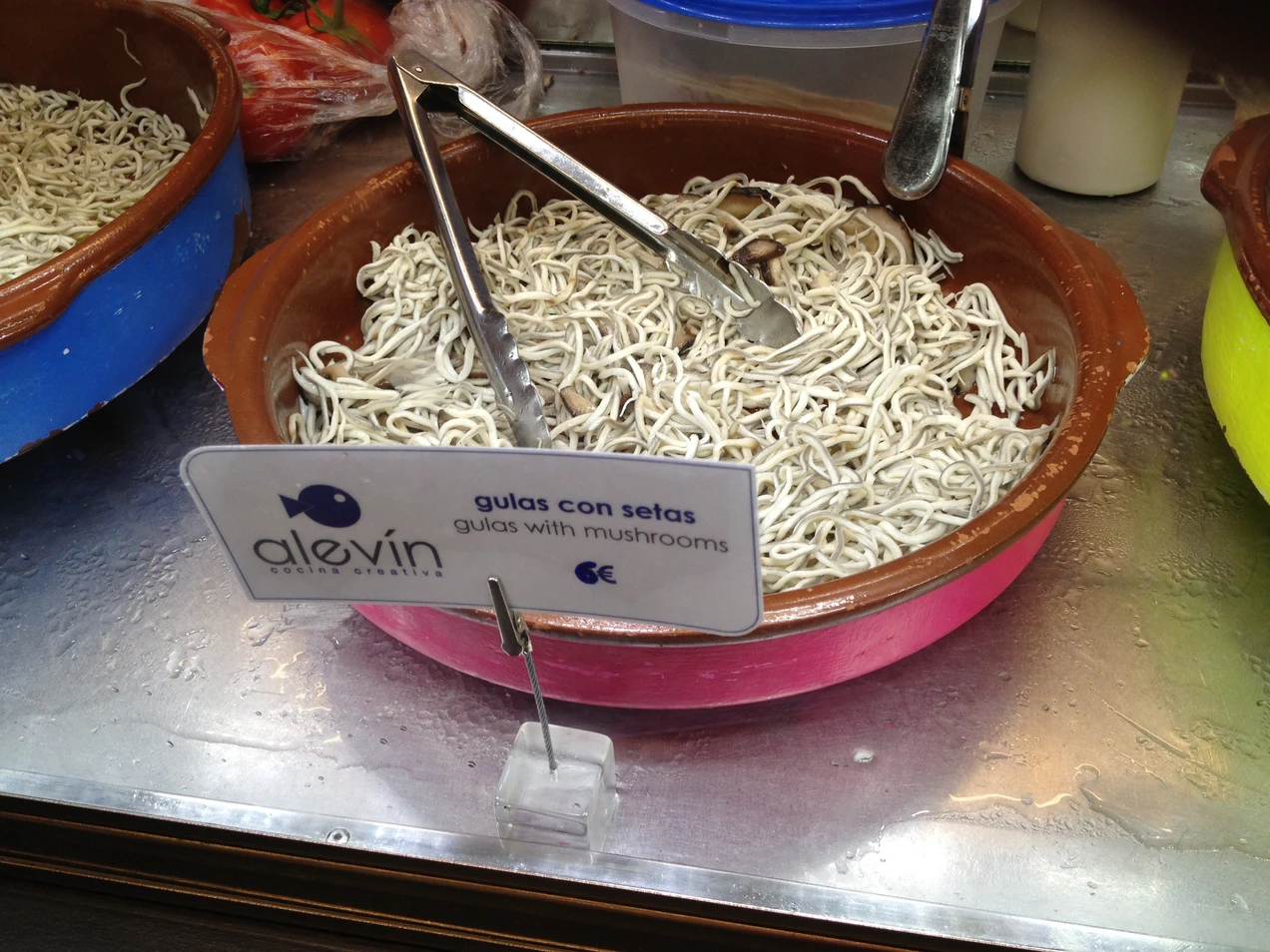
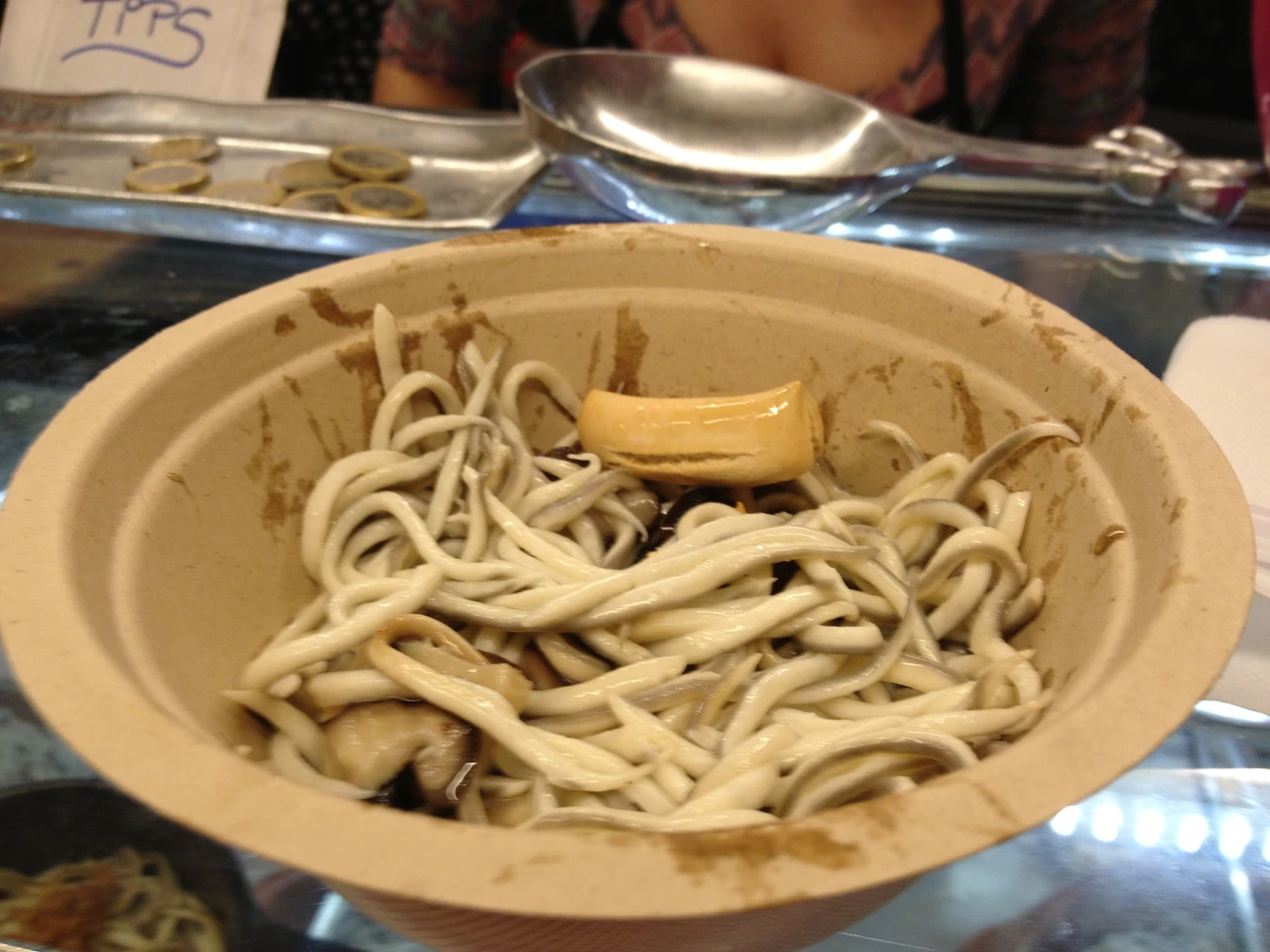
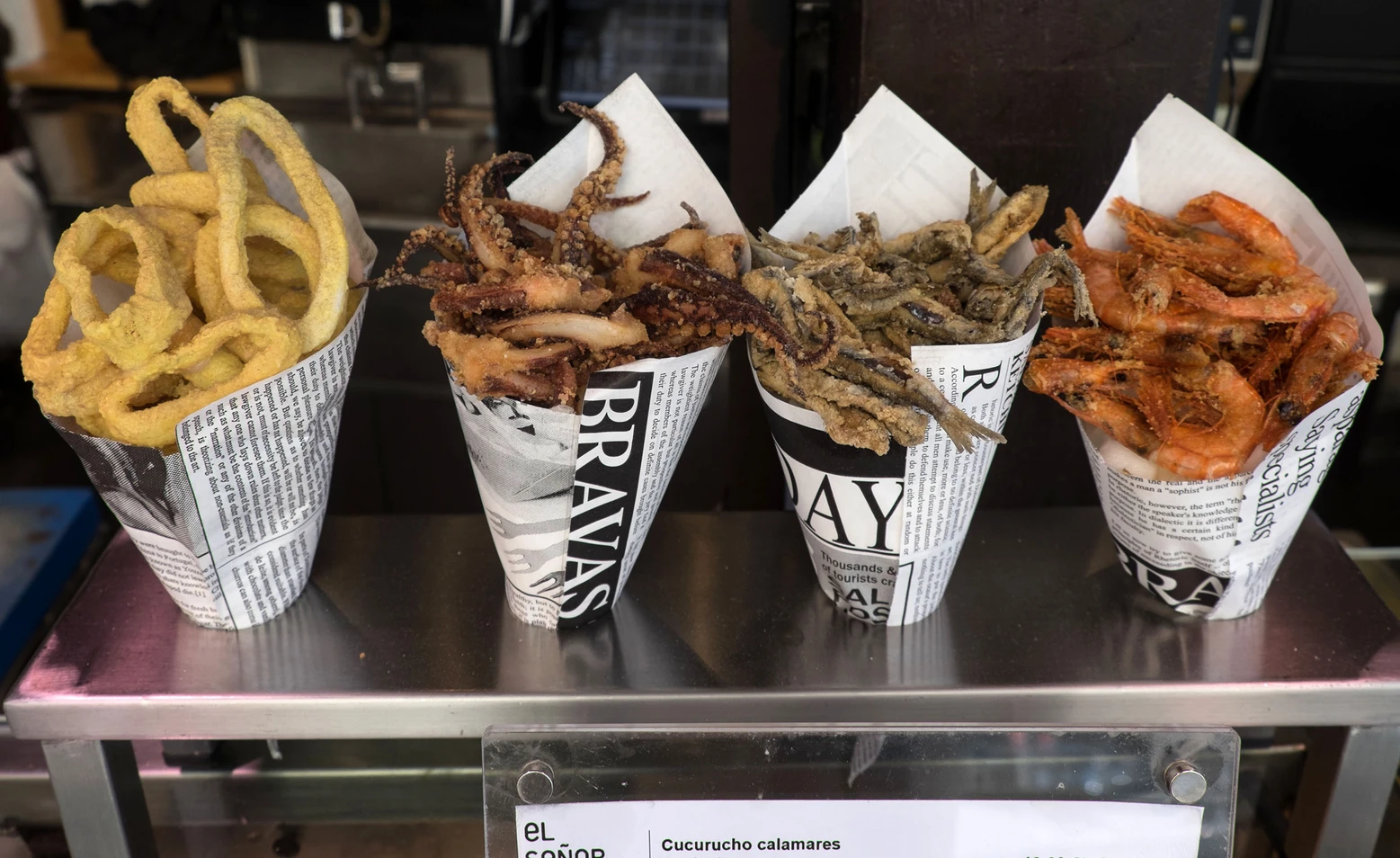




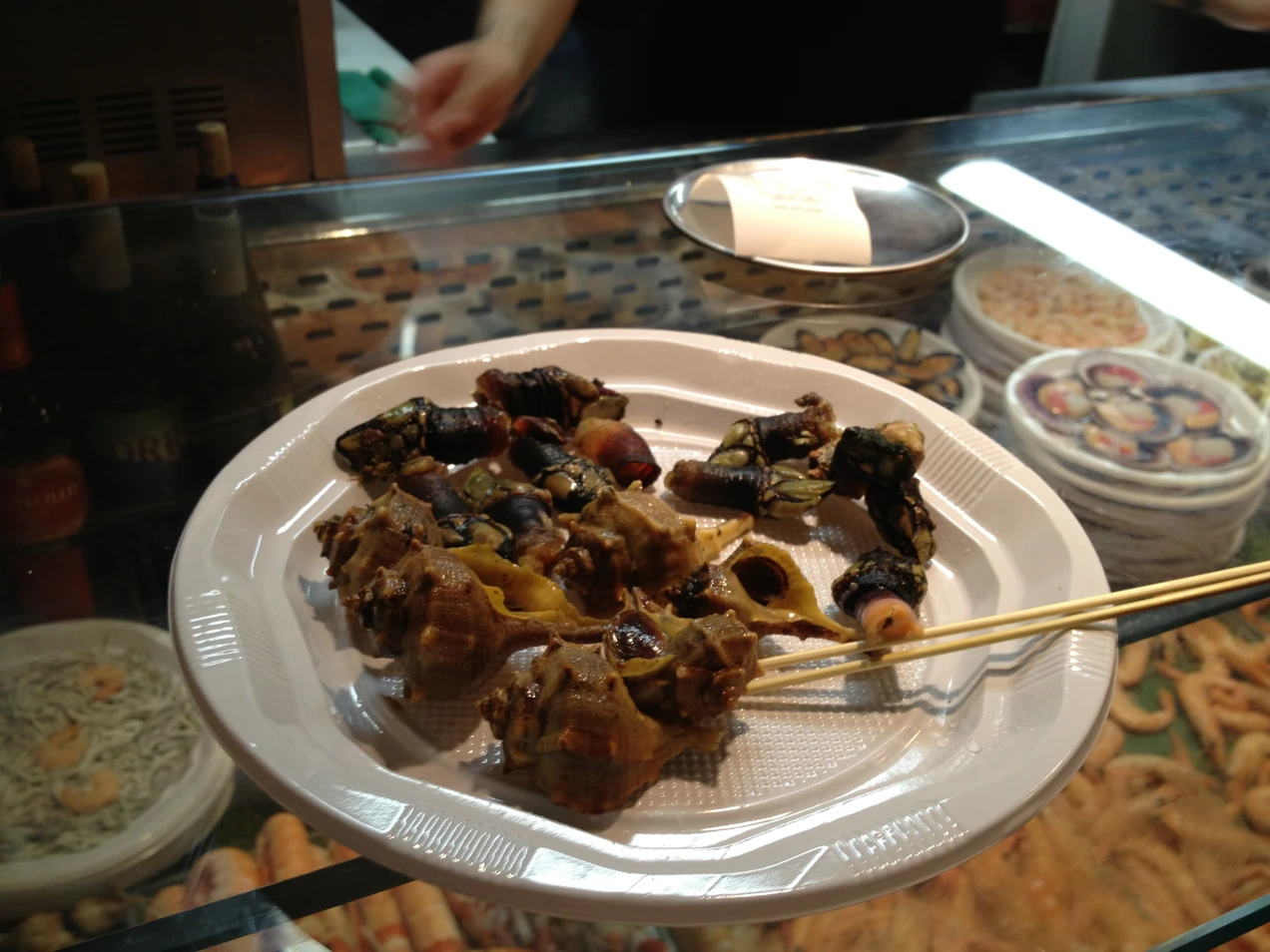
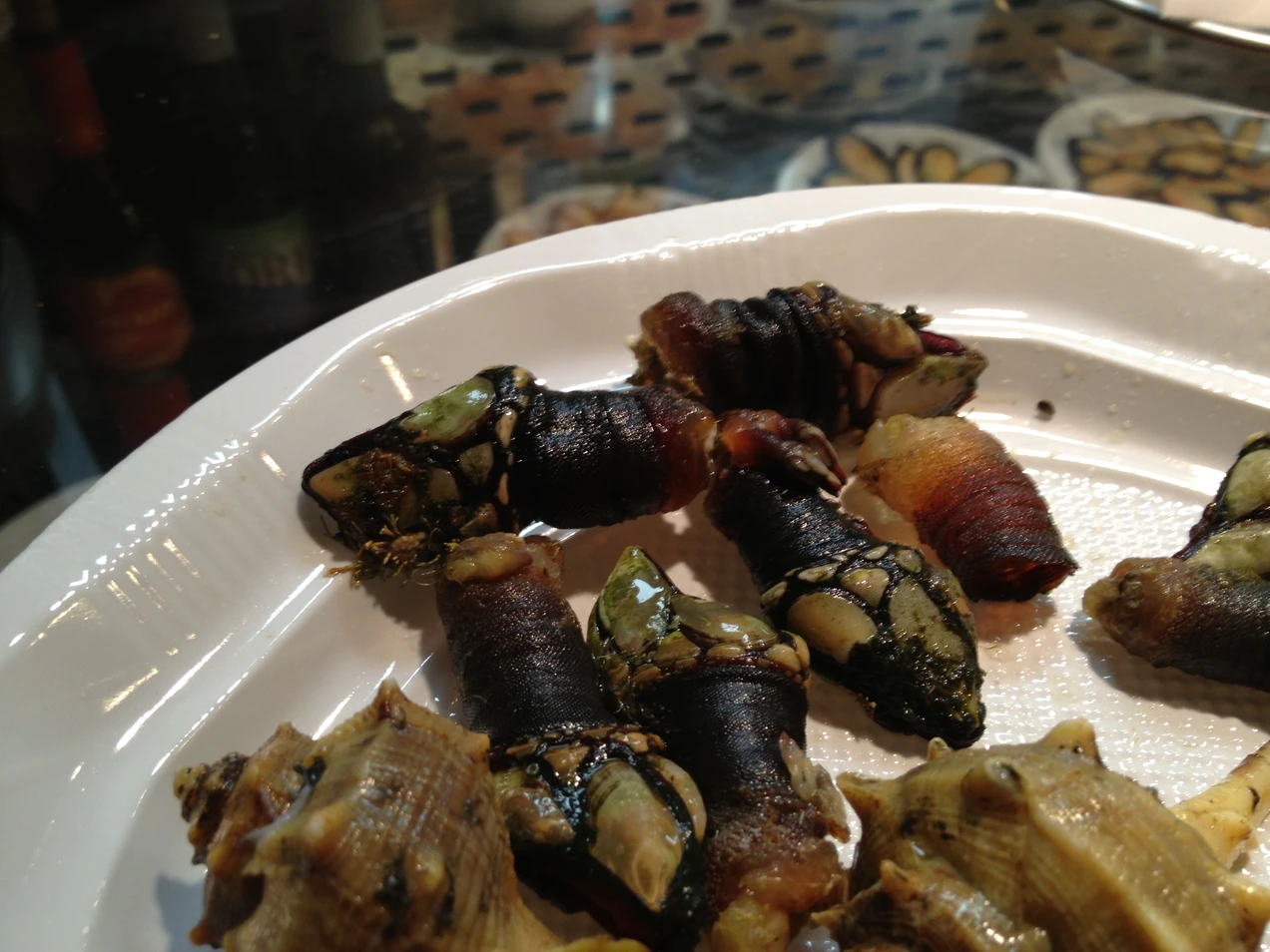
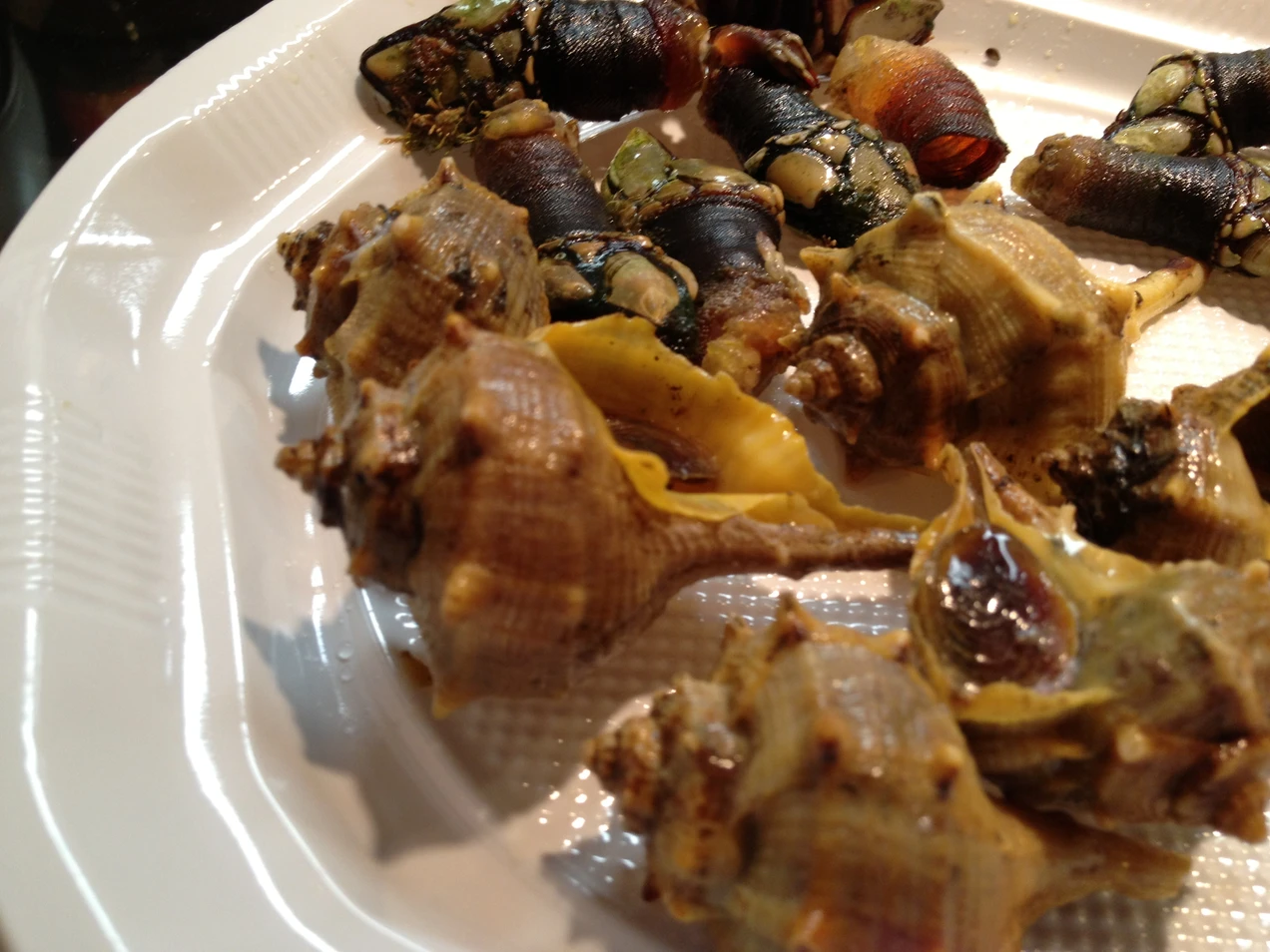
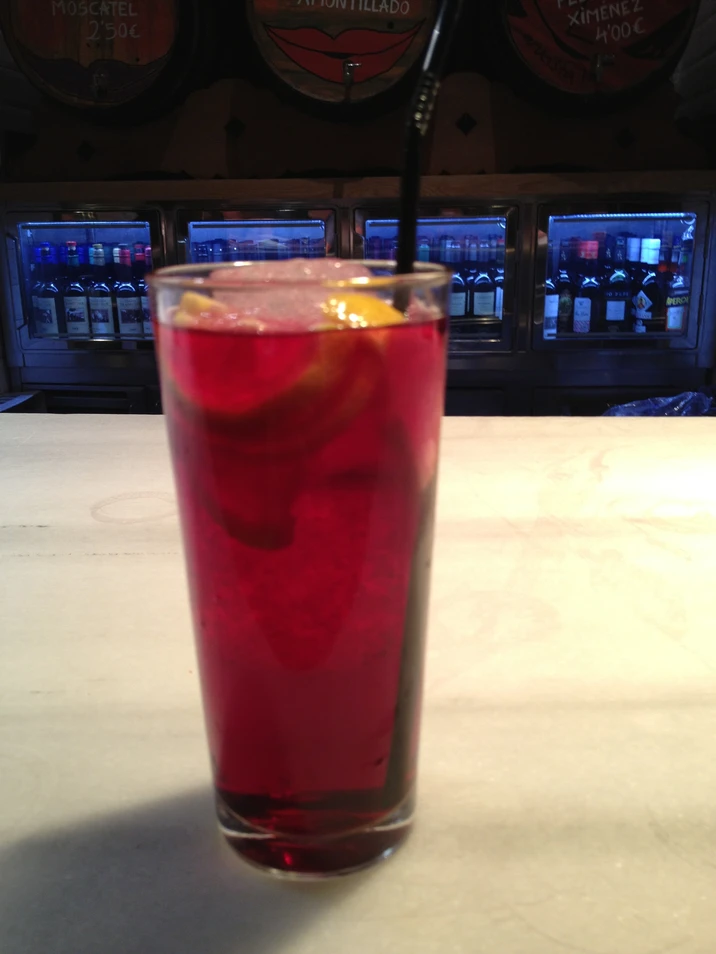
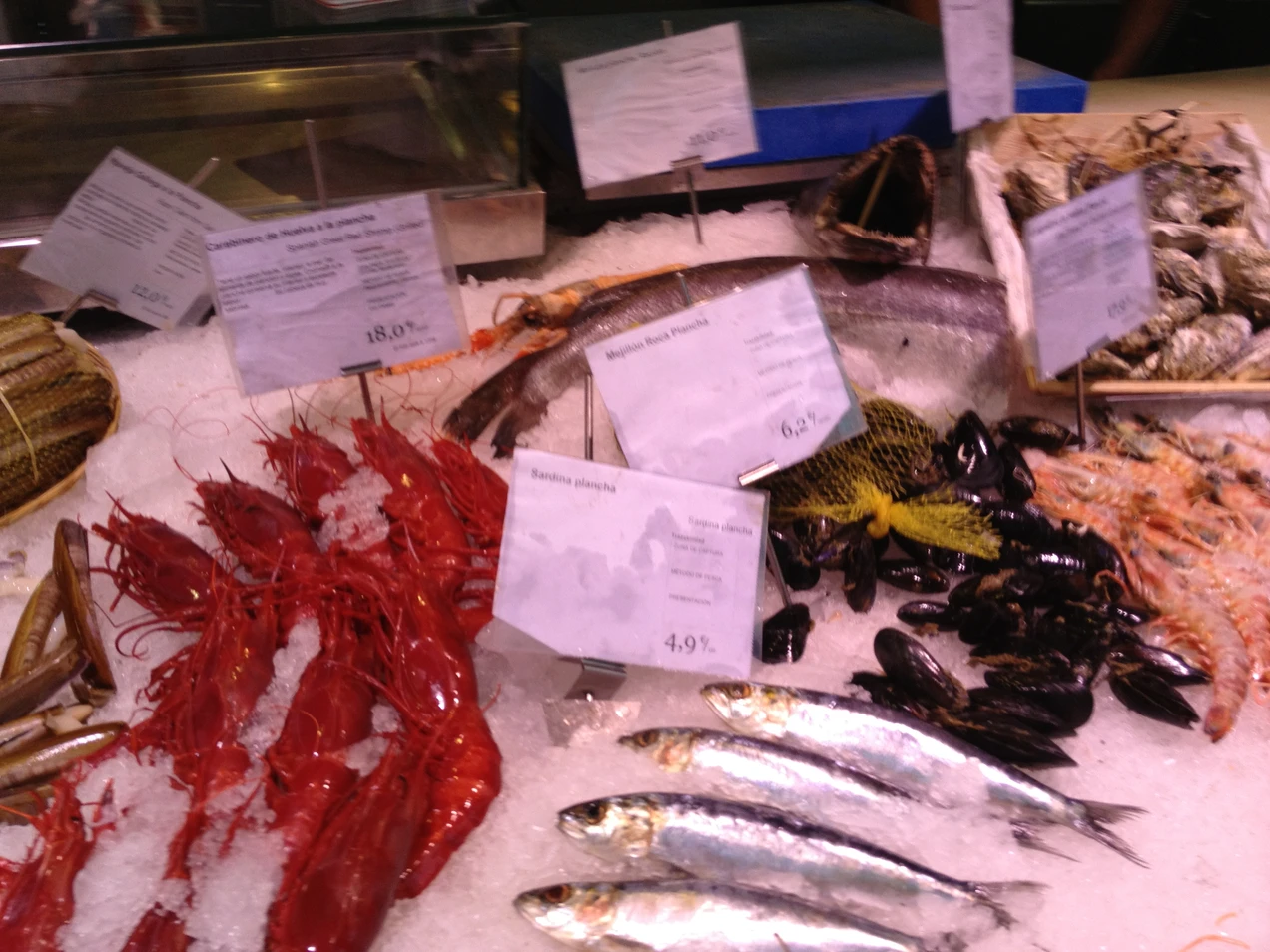
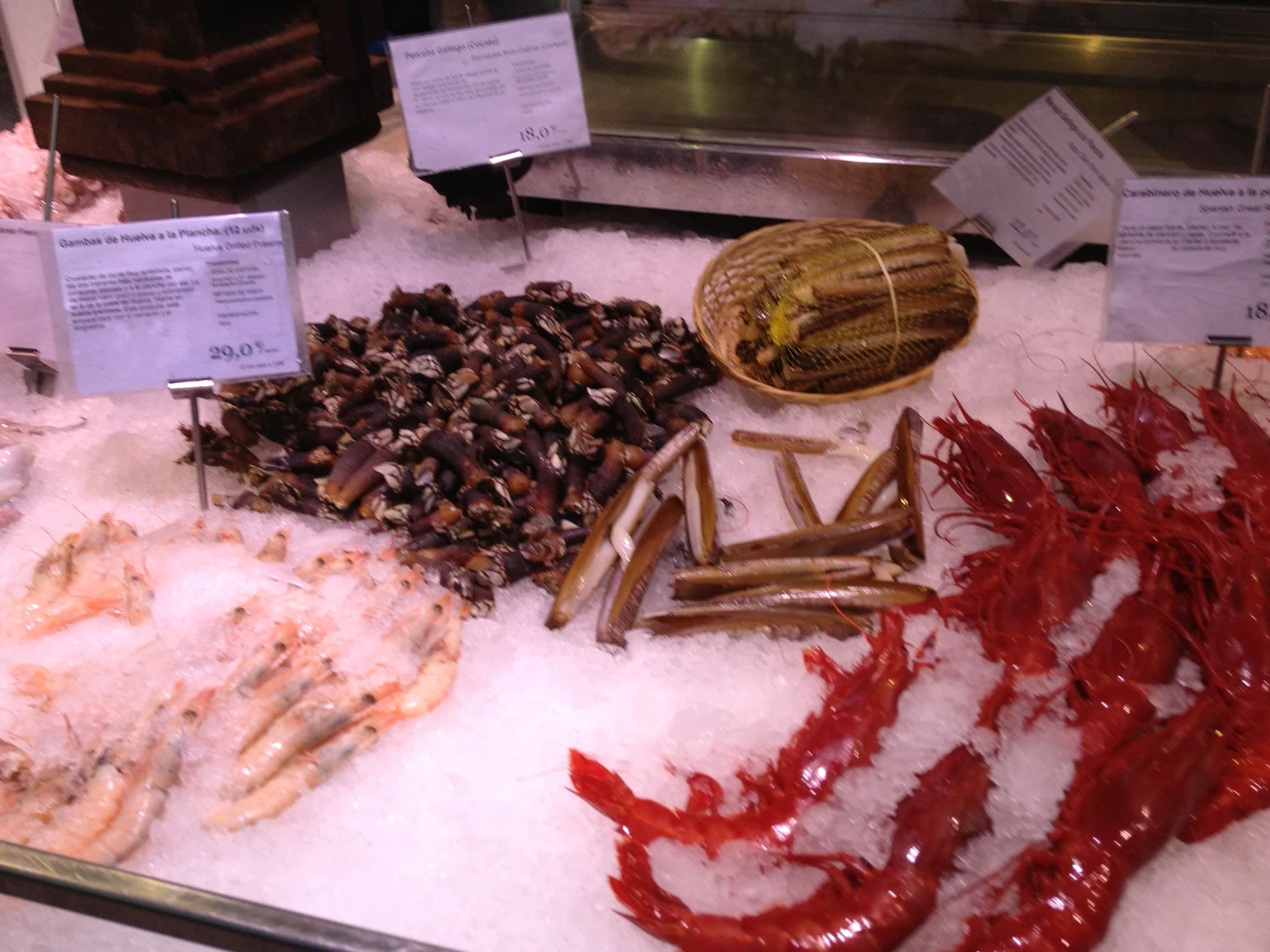
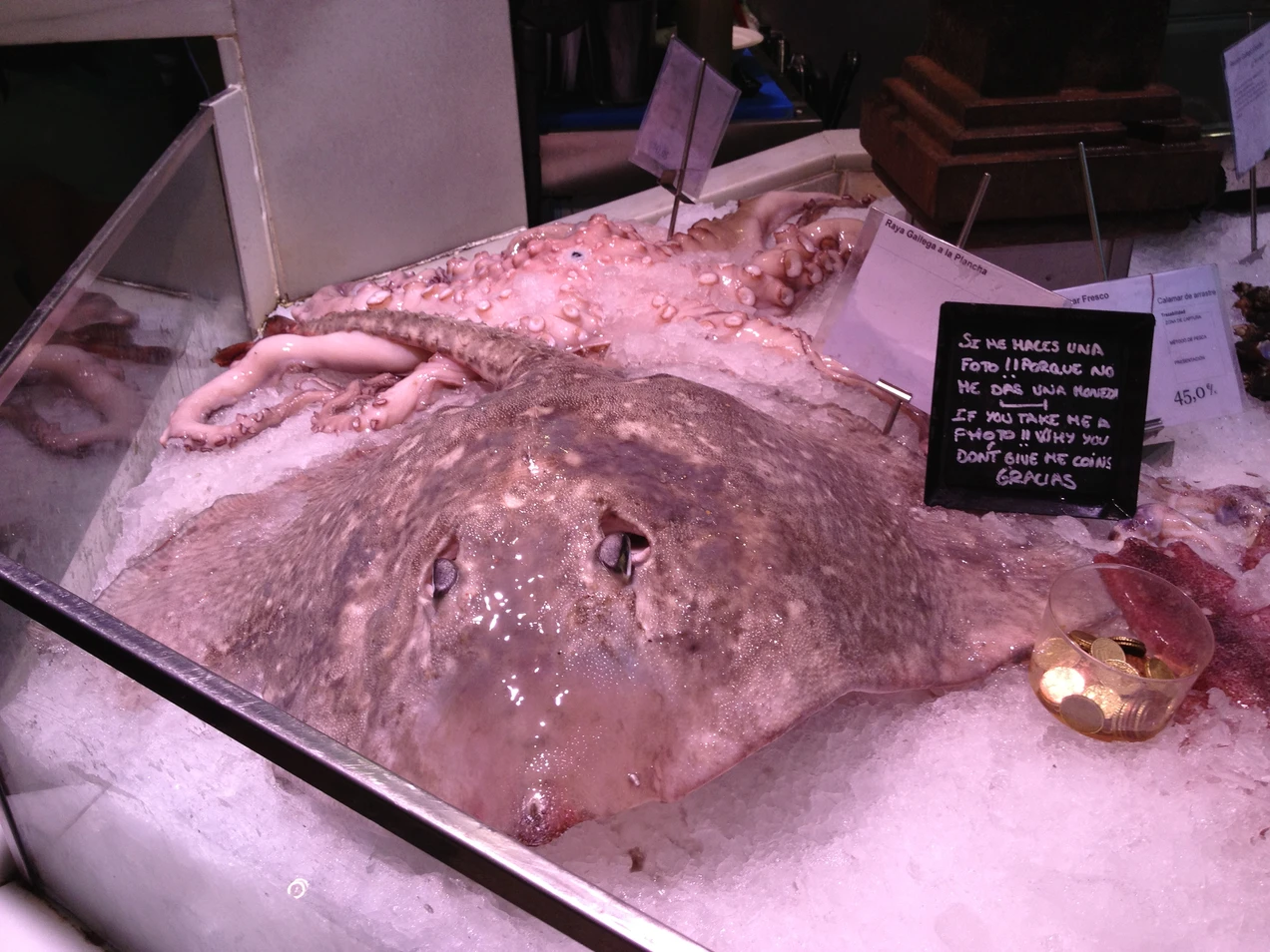
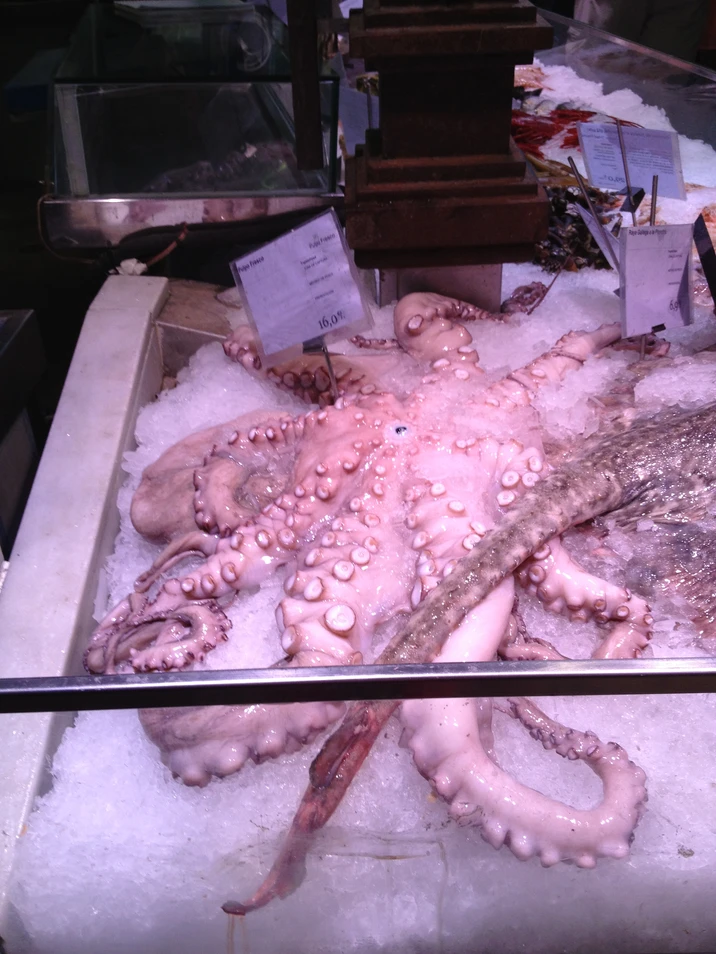
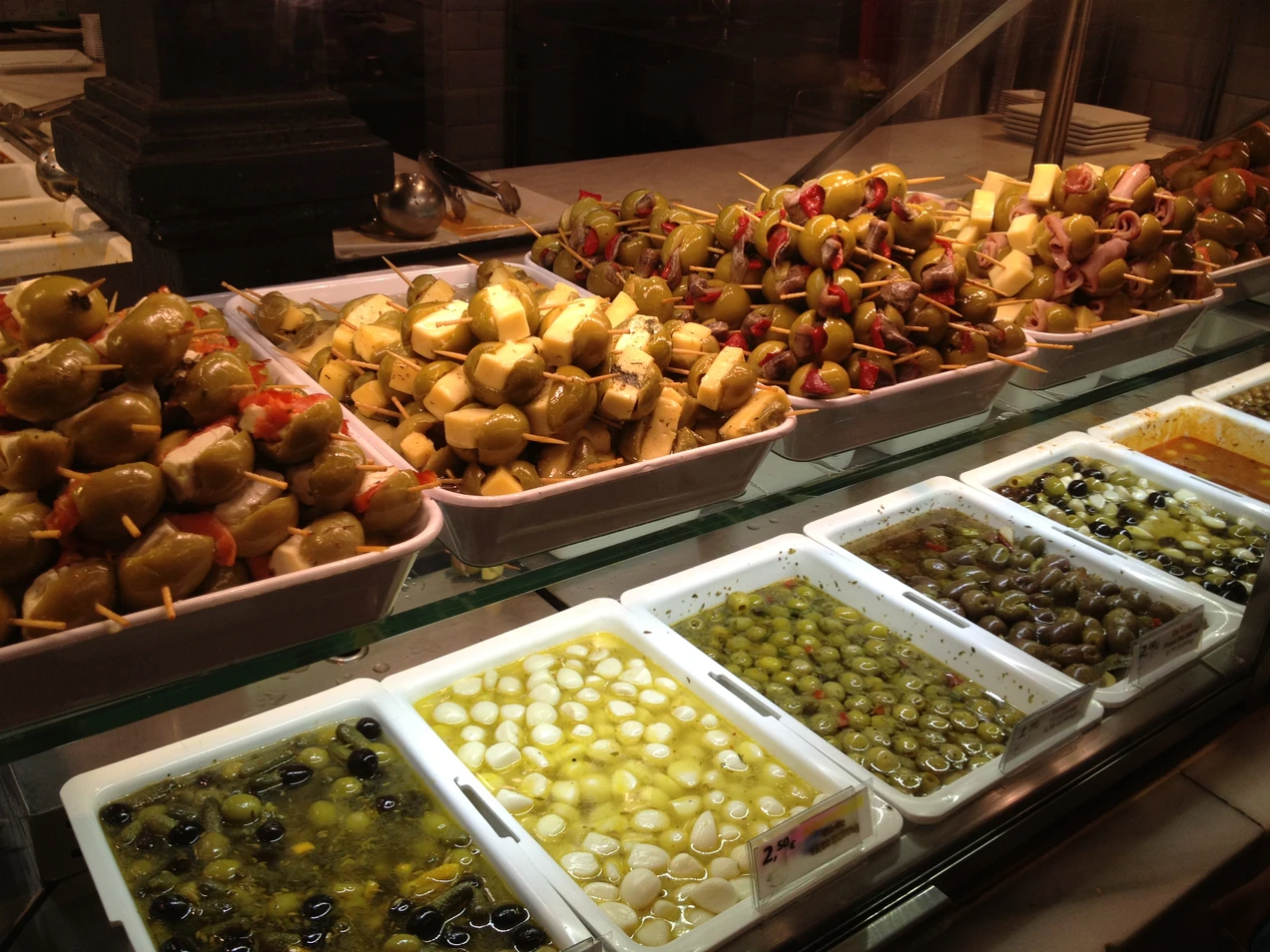
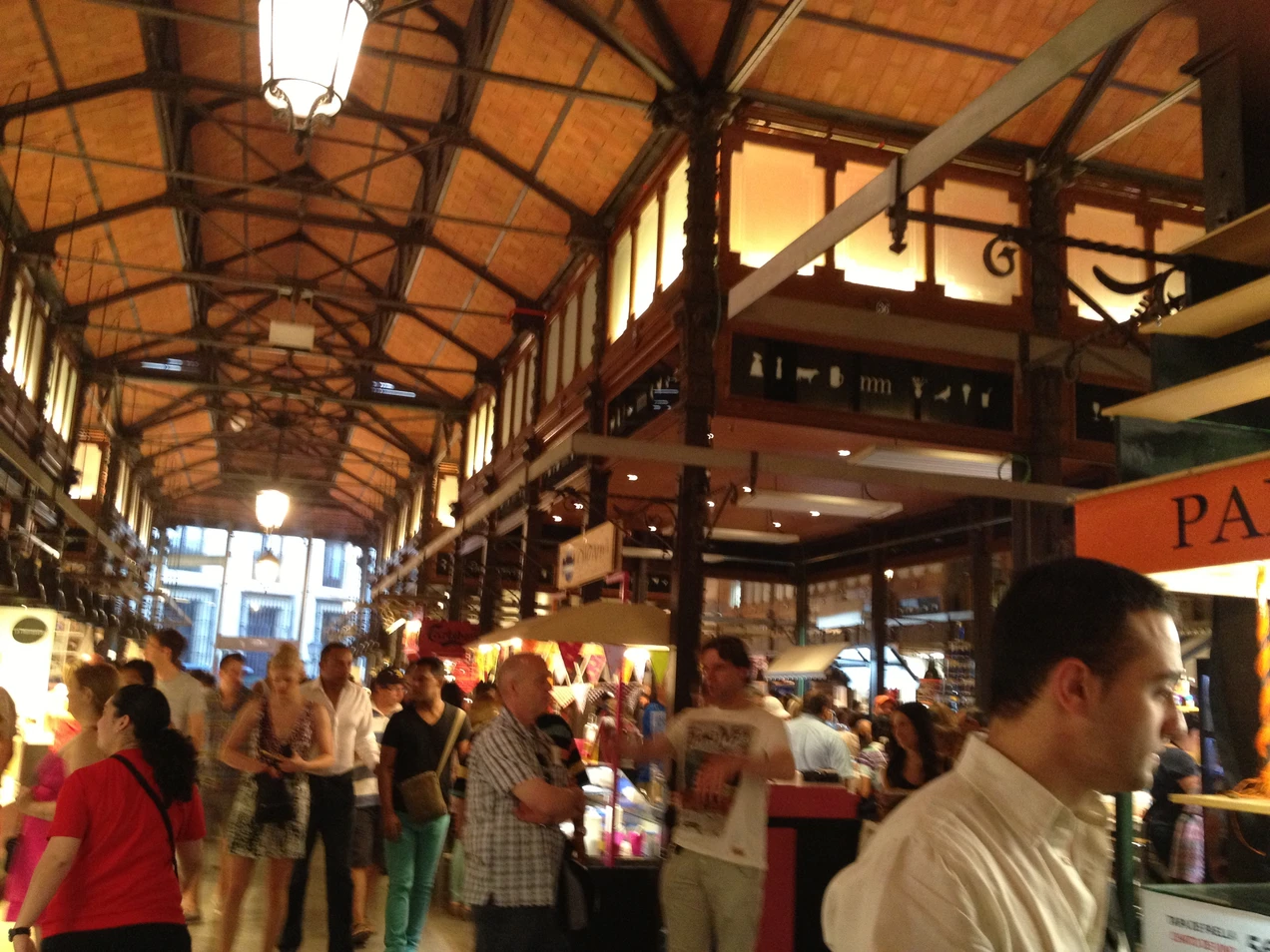
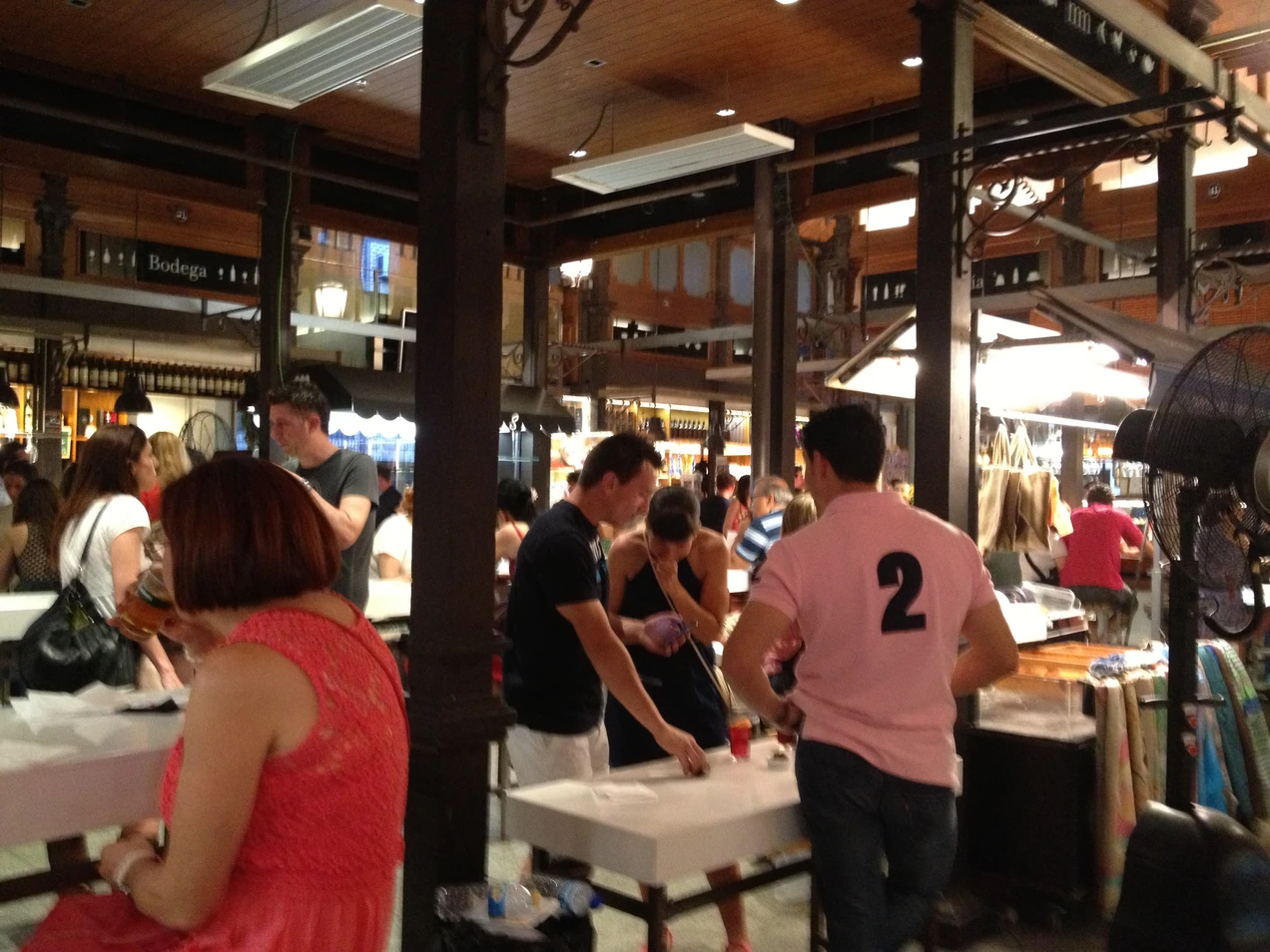
Comments